1. Bears Actually Do Wander Into Towns
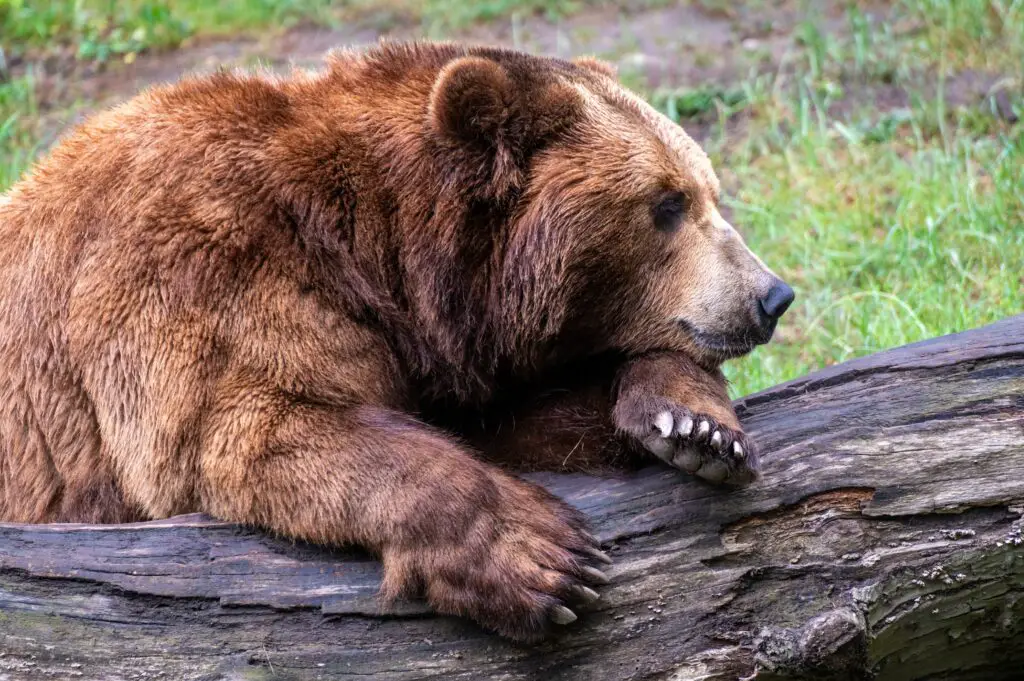
It sounds like the beginning of a joke, but in parts of Russia—especially Siberia—bears genuinely stroll into towns looking for food. Locals have become so used to it that they keep bear spray handy the way others might keep bug spray. In places like Kamchatka, it’s not unusual for people to see a brown bear casually walking down a road or rummaging through trash. Sometimes, the bears are driven closer by wildfires or food shortages, making the encounters more frequent. Authorities even post bear alerts like weather warnings. It’s a strange blend of wild nature and human civilization colliding on a regular basis says New York Times.
What’s even more surprising is how calmly many Russians react to it. They’re taught how to behave during a bear encounter from a young age. There are even public service announcements reminding people not to run or scream. Some carry bells to alert bears ahead of time, while others just hope for the best adds AP News. It really flips the script on what most of us think of as “urban problems.”
2. There’s a Secret Metro System Beneath Moscow
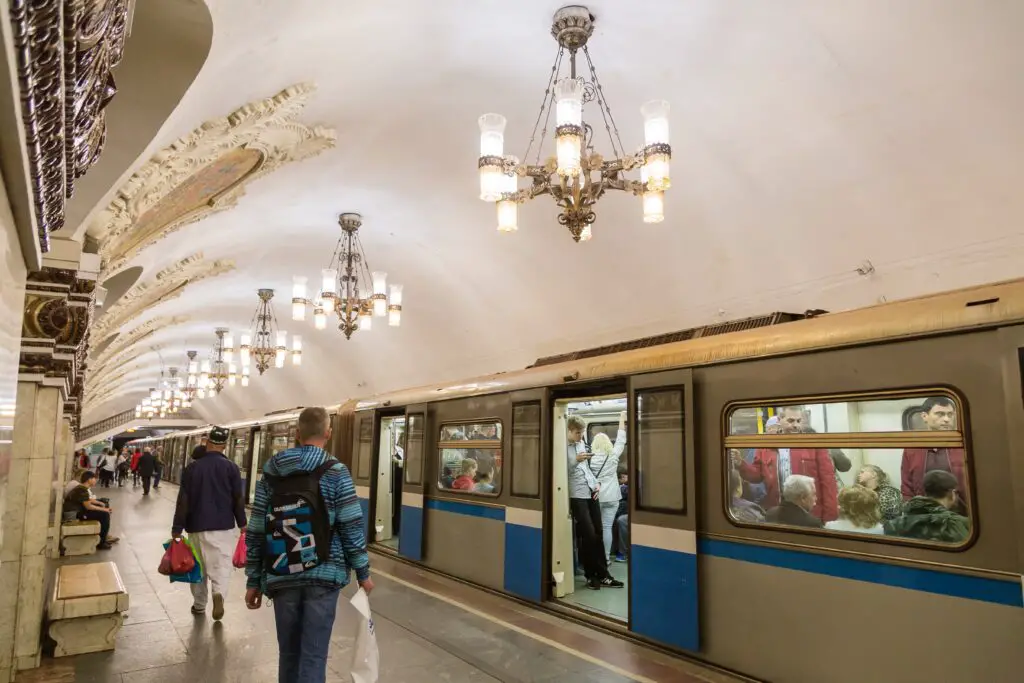
Moscow’s metro is famously grand and artistic, but what most people don’t realize is that there’s supposedly a secret one beneath it—Metro-2. This hidden network, allegedly built during Stalin’s time, is said to be reserved for military and high-ranking government officials. While the Russian government has never confirmed it, multiple former officials and journalists have claimed it exists. It’s rumored to link the Kremlin with top-secret bunkers and outposts outside the city. Some say it even stretches all the way to the Moscow State University shares Reuters.
The idea that there’s an entire underground world operating in parallel with the one we know is pretty wild. It makes you wonder what else might be hidden beneath cities. If it’s real, it’s not just a bit of Cold War paranoia—it’s a fully functioning ghost subway. And yes, conspiracy theorists love it. It makes the idea of a secret society feel not so far-fetched.
3. Some Towns Experience Two Months of Darkness
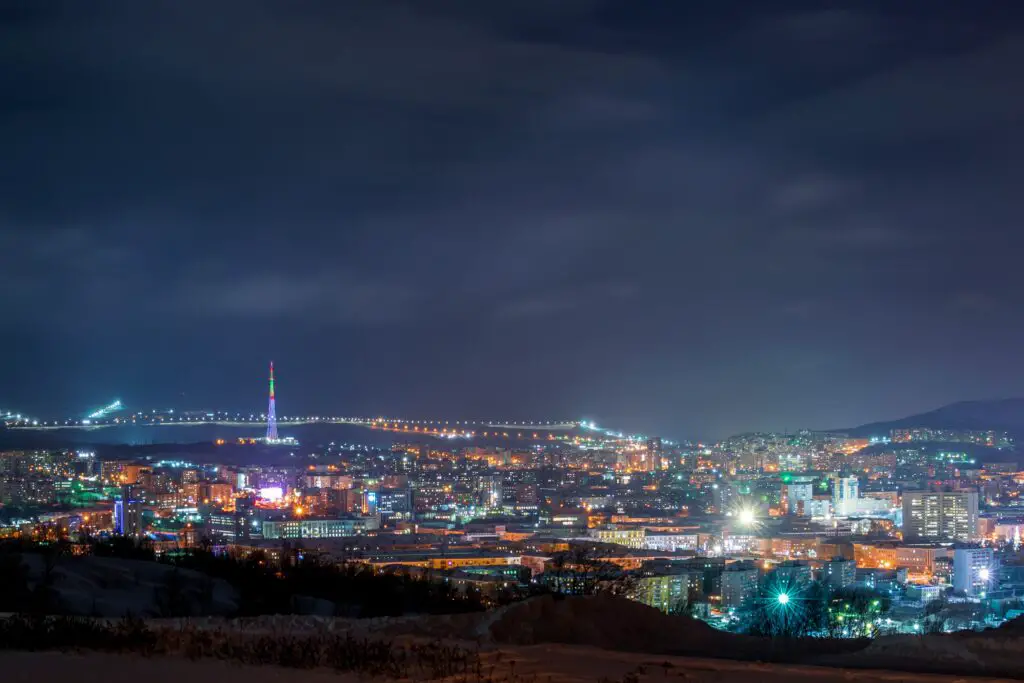
In Russia’s far north, the sun disappears completely for parts of winter. In places like Murmansk, there’s a period called the Polar Night when the sun doesn’t rise for about 40 days. Imagine waking up, going to work, eating dinner, and never once seeing sunlight—it’s like living inside a long, moody movie. People adjust their routines and rely heavily on artificial light. Light therapy lamps are common household items. Some schools even shift their schedules to accommodate the lack of natural light shares BBC.
The first time you hear about it, it’s hard to grasp just how intense it must be emotionally and physically. People talk about how it plays tricks on your sense of time and mood. On the flip side, they also get the Midnight Sun in summer, when it never gets dark at all. So, it’s a strange balance of extremes—months of too much night, followed by months of too much day.
4. Russians Celebrate Two New Years
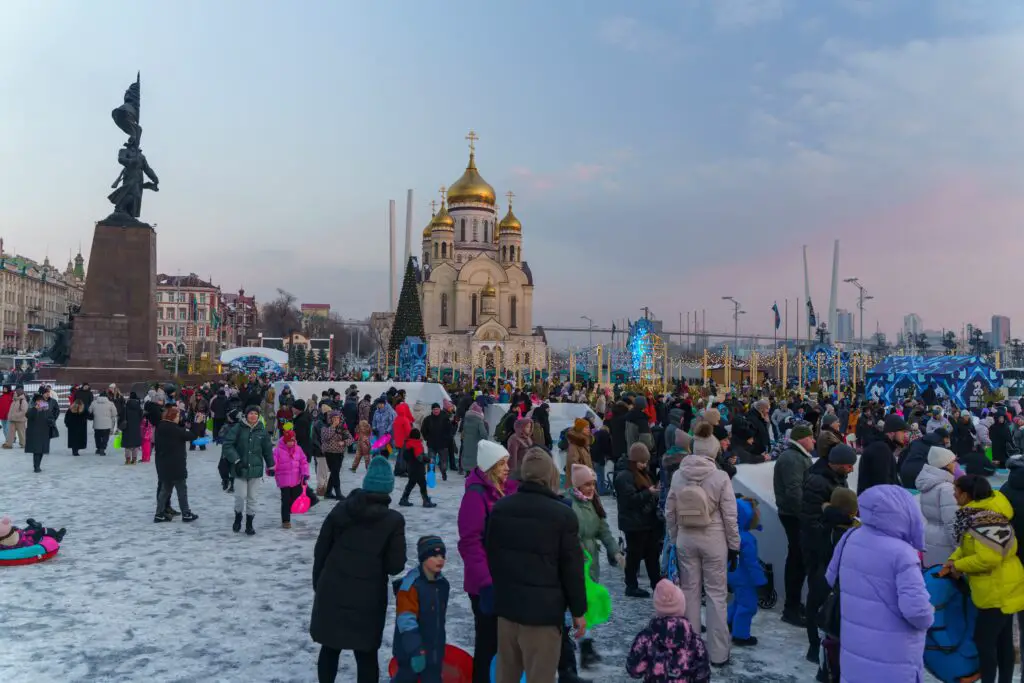
If one New Year’s Eve isn’t enough for you, Russia’s got you covered—they actually celebrate two. January 1 is the traditional New Year that everyone recognizes, complete with fireworks, champagne, and a speech from the president. But then there’s “Old New Year” on January 14, which comes from the old Julian calendar that Russia used before switching to the Gregorian one. It’s not as flashy, but many families still honor it with dinners, toasts, and quiet reflection. Some even use it as a second chance to start their resolutions.
It’s like a built-in do-over button for the New Year. Forgot to eat healthier or start that journal? Just wait two weeks and try again. The vibe is more nostalgic and sentimental, almost like a holiday just for the soul. It’s a charming tradition that keeps Russia connected to its historical roots.
5. There’s a Town Named After a Dog’s Bark
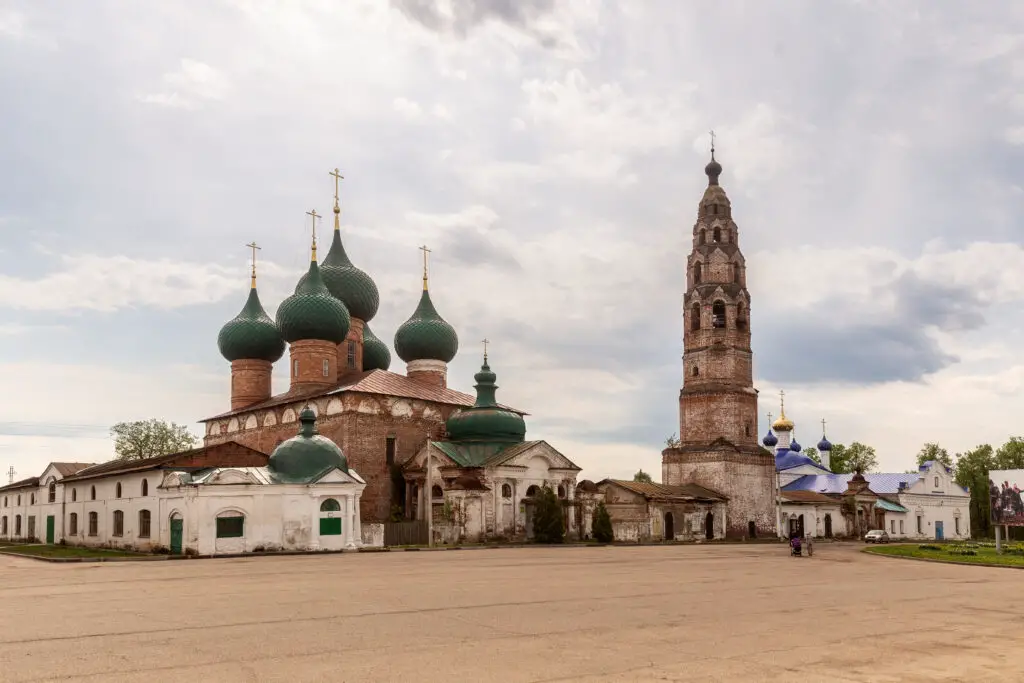
Yes, really—there’s a Russian town called Gavrilov-Yam, and “Gav” in Russian is the equivalent of “woof.” While the town’s name technically comes from a person, the dog-related pun has taken on a life of its own. Locals have embraced the connection with playful street art and souvenirs. You’ll find murals of cartoon dogs and bakery items shaped like little puppies. It’s quirky, but also endearing.
What’s so great is how people lean into the oddity instead of shying away from it. It turns an otherwise quiet town into a must-stop for travelers looking for something different. There’s even a local legend about a talking dog that supposedly saved villagers from invaders. Whether you believe it or not, it adds another layer of charm to an already unforgettable name.
6. Russians Have a Word With No English Equivalent
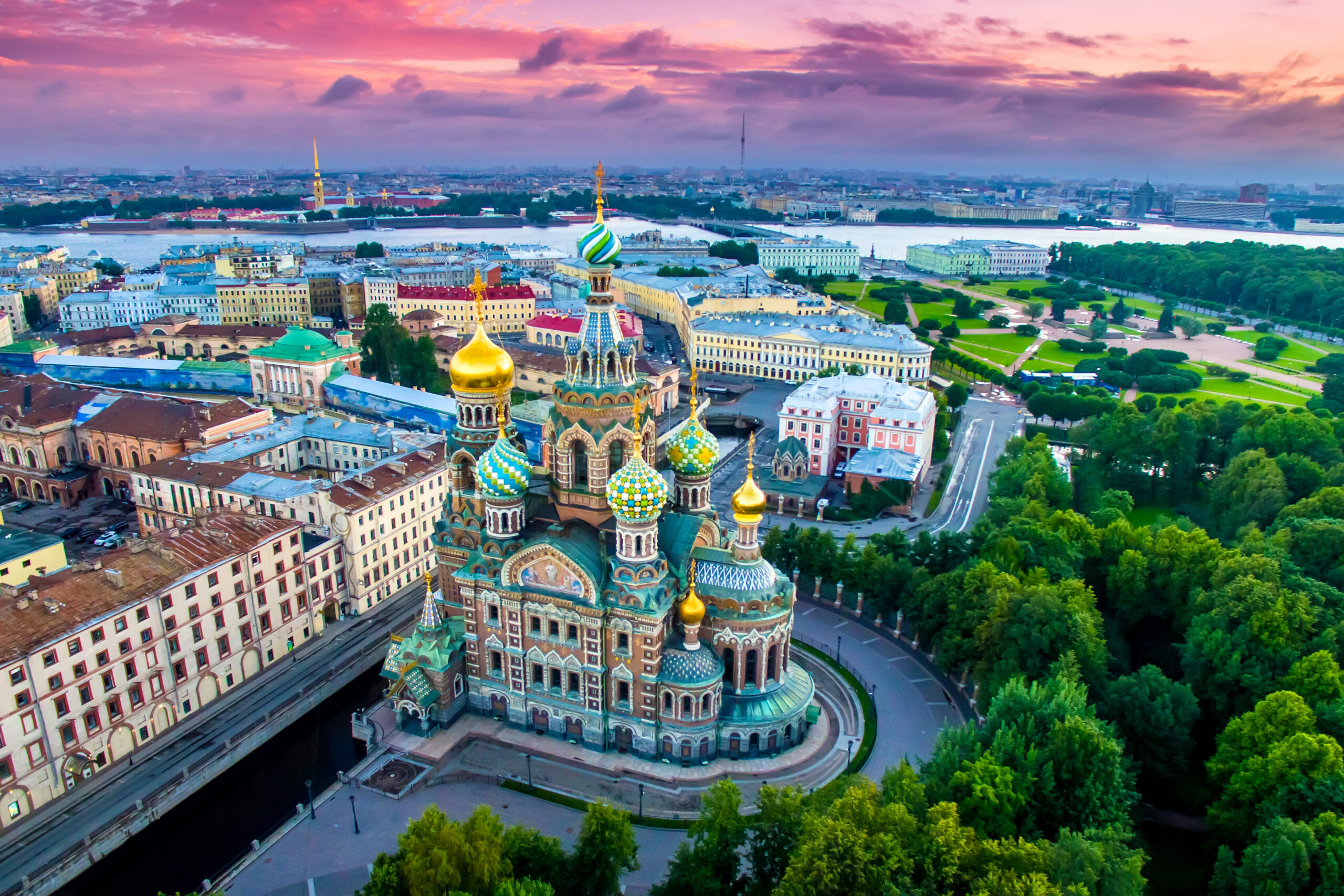
The word “toska” doesn’t translate neatly into English, and that’s part of what makes it so haunting. It describes a deep, spiritual ache—a kind of soul-level melancholy that’s tied to longing, nostalgia, and grief. Vladimir Nabokov once said there’s no single word in English that captures it. It’s not just sadness—it’s more like feeling lost without knowing why. People feel “toska” during lonely winters, after heartbreaks, or even while reminiscing about the past.
What’s fascinating is how ingrained this emotion is in Russian culture. It shows up in their literature, music, and even daily conversations. Russians don’t try to escape from these heavy emotions; they sit with them, sometimes even celebrate them. It’s a different way of looking at mental and emotional depth. And honestly, it makes you wish English had more words like that.
7. Lake Baikal Is So Deep It Has Its Own Species
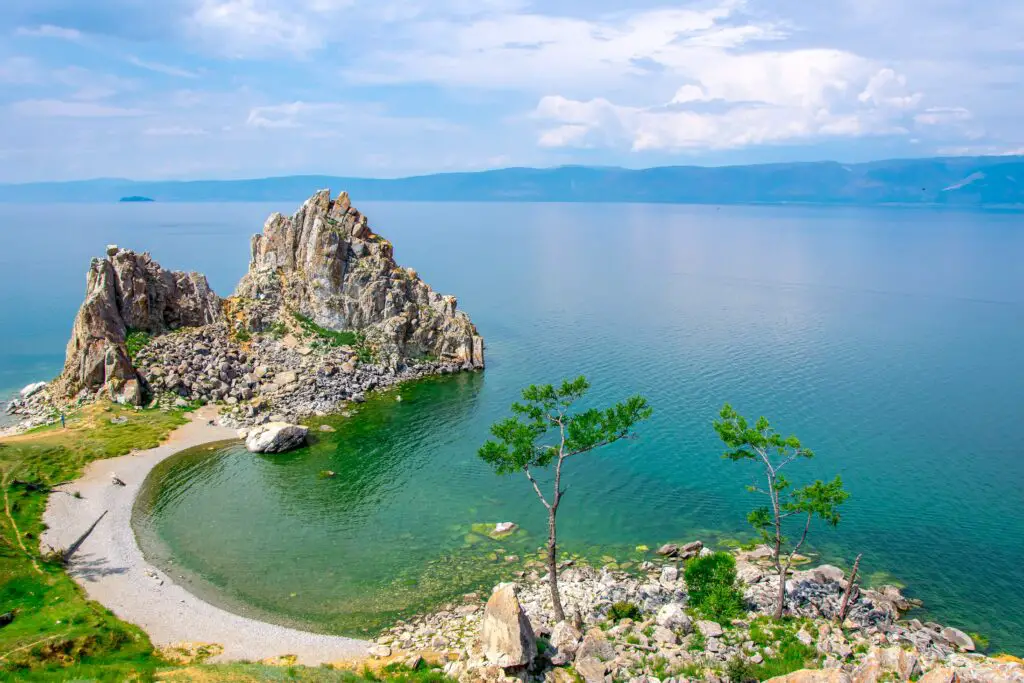
Lake Baikal in Siberia isn’t just the world’s deepest lake—it’s also one of the oldest and most biologically diverse. It’s over 5,000 feet deep in some places and holds about 20% of the world’s unfrozen freshwater. But the real kicker? It has species that live nowhere else on Earth. There’s the Baikal seal, the only freshwater seal in existence, and hundreds of unique fish, crustaceans, and microbes. Scientists still discover new ones regularly.
It’s like an alien world tucked inside a giant lake. The water is crystal clear, and on a calm day, you can see over 100 feet down. Locals say the lake “breathes,” thanks to visible temperature shifts and swirling fog. It’s revered as sacred by many who live nearby. Honestly, it’s less a body of water and more a mystery wrapped in nature’s wonder.
8. Ice Swimming Is a Popular Hobby

In Russia, winter swimming is more than just a dare—it’s a full-on cultural activity. People cut holes into frozen lakes and rivers, then take a brisk plunge for health and tradition. Some do it for religious reasons, like the Orthodox Epiphany celebration in January. Others swear by its health benefits, saying it boosts circulation, energy, and mood. Participants often wear nothing but swimsuits, even when the air temperature is below zero.
If you’re picturing people screaming and running out of the water, think again. Most do it calmly, even smiling. There’s a sense of pride and community that comes with it. And once you warm back up with a cup of tea (or vodka), they say you feel invincible. It’s not for the faint of heart, but it’s definitely unforgettable.
9. The Trans-Siberian Railway Crosses 8 Time Zones
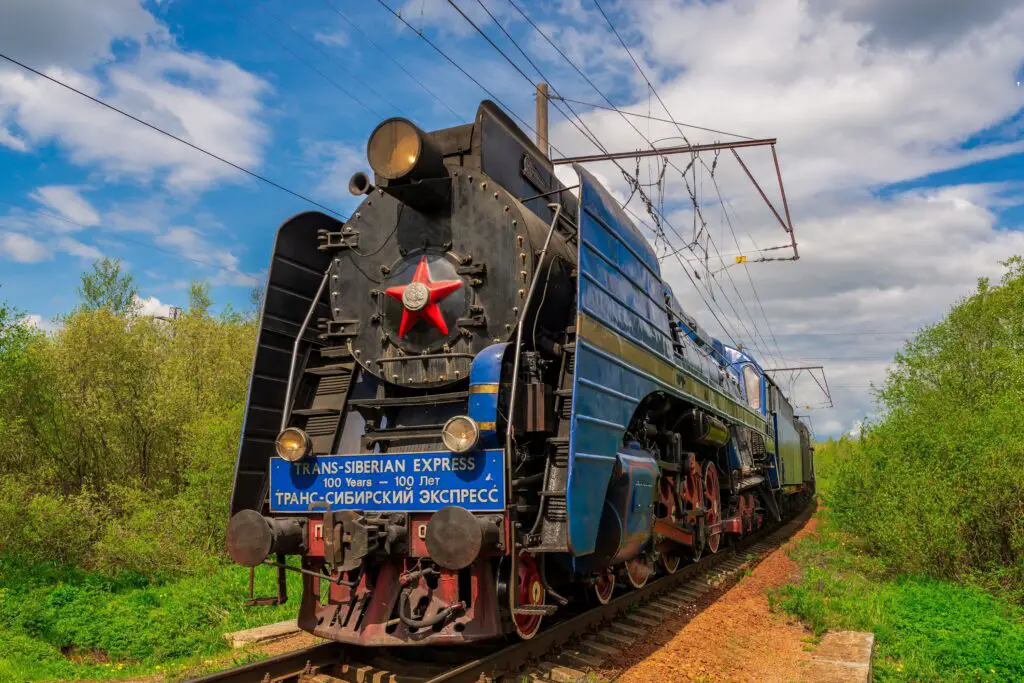
The Trans-Siberian Railway is a true monster of a train journey, stretching over 5,700 miles from Moscow to Vladivostok. It takes about a week to ride the whole thing without getting off, but most people stop along the way. What’s mind-blowing is that you cross eight time zones during the ride. Your phone might say one time, the train schedule says another, and the town signs say something else entirely. Even locals get confused about what time it is.
But that’s part of the magic. It’s a journey through ever-changing landscapes, from forests and mountains to frozen plains and bustling cities. You’ll meet travelers from all over the world, sharing food, stories, and sometimes awkward silences. By the end, time feels like an illusion, and the rhythm of the train becomes your new clock.
10. Russian Saunas Involve Getting Whacked With Tree Branches
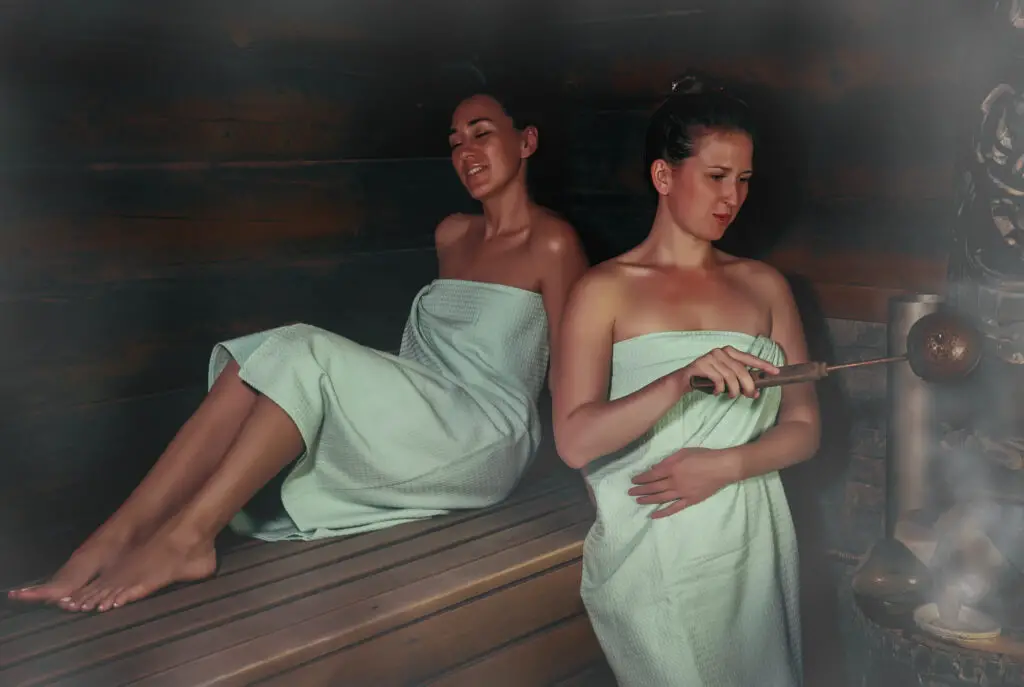
A traditional Russian banya is a type of sauna, but it’s got some spicy twists. One of the most unusual parts is the “venik” treatment—where someone lightly beats you with a bundle of leafy birch or oak branches. It’s not painful, though—it’s meant to stimulate circulation and open your pores. The air gets thick with heat and herbal scents, and people often alternate between the steamy room and ice-cold plunges.
It sounds bizarre, but it’s incredibly popular and considered almost medicinal. Many Russians go weekly, treating it like a full reset for their bodies and minds. It’s also a social experience—people chat, laugh, and relax together. Some even say the venik session feels like a hug from nature. Once you try it, it kind of makes regular spas feel boring.
11. Some High Schools Offer Military Training
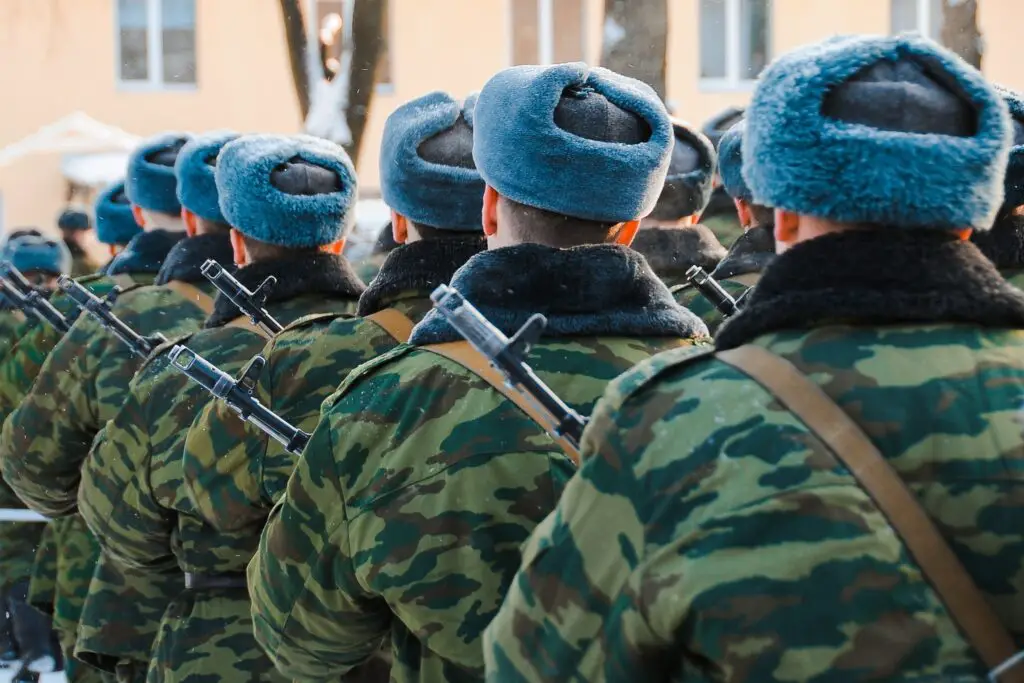
In parts of Russia, it’s not unusual for high schoolers to take military training classes. They learn how to march, handle mock weapons, and even practice basic combat techniques. These classes are part of a broader program aimed at fostering patriotism and discipline. There are uniforms, drills, and sometimes full-on field exercises. To outsiders, it might feel like boot camp came early.
But to many Russian students, it’s just another class—like PE or shop. Some even enjoy it and take pride in the skills they gain. It’s a stark contrast to what most of us remember from high school, and it speaks volumes about the country’s cultural priorities. The experience can be intense, but for many, it becomes a core memory.
12. Russians Often Smile Less—And It’s Not Rudeness
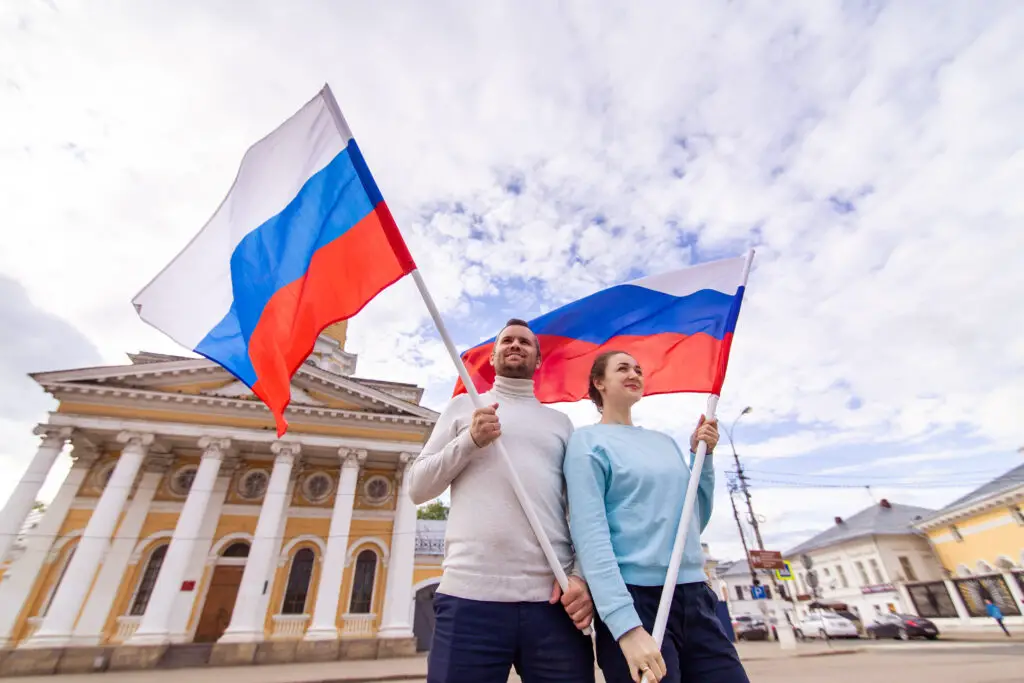
If you visit Russia, you might notice that people don’t smile at strangers often. It’s not because they’re unfriendly—it’s just a different cultural norm. In Russian society, a smile is something you earn. It’s reserved for genuine emotion, not small talk or passing politeness. Smiling without reason can even be seen as insincere or strange.
Once you get to know someone, though, that reserved nature melts away. Russians are known for deep friendships and fierce loyalty. They just don’t do surface-level friendliness the way many Western cultures do. It might seem cold at first, but it often leads to more meaningful connections once trust is established.
